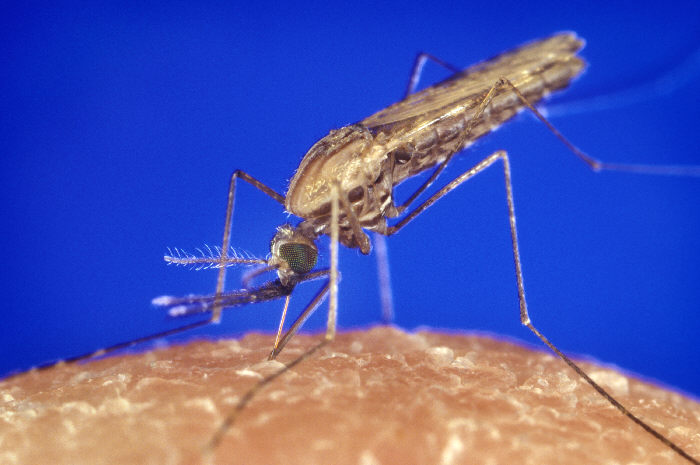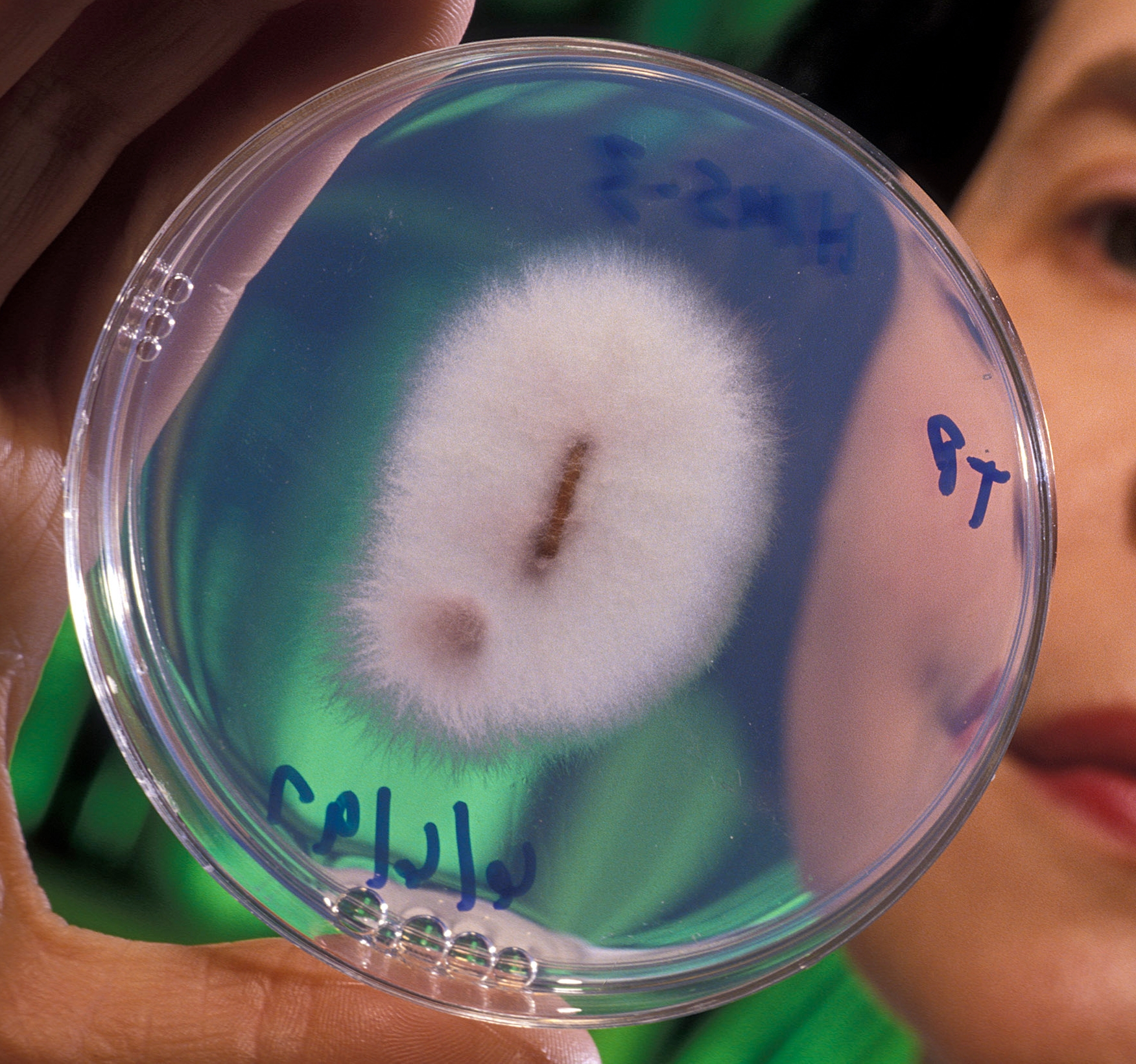You may be familiar with the Ansari X PRIZE, awarded to the first private team to build a spacecraft capable of taking three people to 100 kilometers above the surface of the Earth. Burt Rutan and Paul Allen took that $10 million prize in 2004 for their SpaceShip One.
SpaceShip One in flight, from Rokits XPrize gallery.
However, you may not know that the X PRIZE Foundation has lots of other huge prizes for meeting technological challenges. For example, they offer $10 million for rapid and accurate human genome sequencing, $1 million for cleaning up oil spills, and $30 million for the first private team to send a robot to the moon. There’s also a $10 million prize for building a medical tricorder like the ones on Star Trek.
In each case, the X prize is designed to encourage engineers and scientists to push the limits of what's possible. The tricorder X prize is no exception. On the TV shows, doctors wave a small instrument over a patient’s body and instantly know all that ails him. The prize-winning apparatus would have to diagnose at least 15 diseases and weigh no more than five pounds. The task of creating such a device may not be as daunting as it seems. Researchers from the Singapore Agency for Science, Technology and Research and from the Imperial College London may be on their way to collecting the prize by developing a new way to create electromagnetic Terahertz waves (T-rays). T-rays are often used in airport scanners, and could be modified for use in medical scanners as well.
I hope all these prizes do get awarded. When they do, we all win.
In each case, the X prize is designed to encourage engineers and scientists to push the limits of what's possible. The tricorder X prize is no exception. On the TV shows, doctors wave a small instrument over a patient’s body and instantly know all that ails him. The prize-winning apparatus would have to diagnose at least 15 diseases and weigh no more than five pounds. The task of creating such a device may not be as daunting as it seems. Researchers from the Singapore Agency for Science, Technology and Research and from the Imperial College London may be on their way to collecting the prize by developing a new way to create electromagnetic Terahertz waves (T-rays). T-rays are often used in airport scanners, and could be modified for use in medical scanners as well.
I hope all these prizes do get awarded. When they do, we all win.









